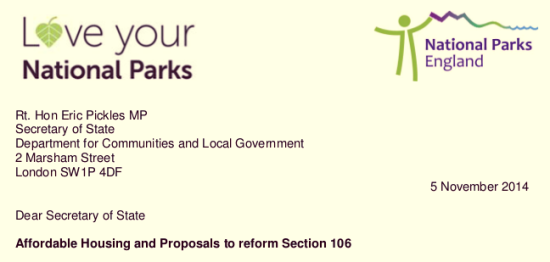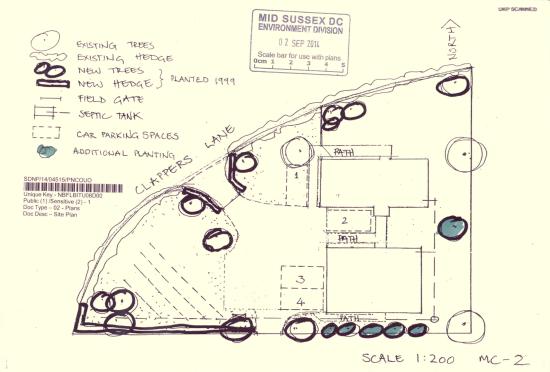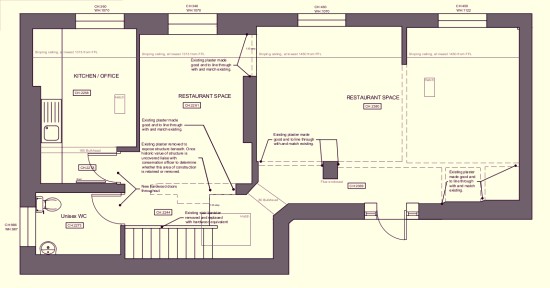Category Archives: SDNPA
FPC Planning 6:30pm 19th November


Travel like a local
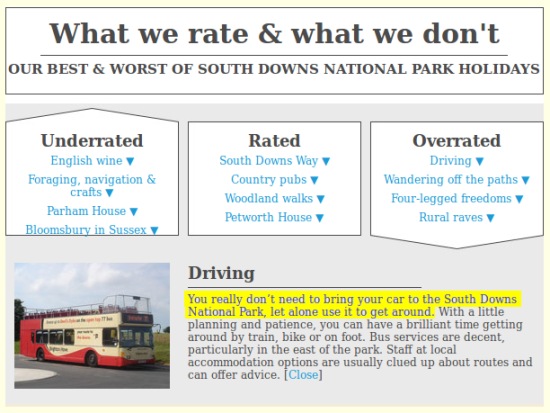
Readers have probably failed to notice that today is World Responsible Tourism Day. Never mind, the worthy staff at the SDNPA have your back. They have produced a two-minute muzak-laden collage of pretty views to mark the day. They are also promoting an internet travel agent called responsibletravel.com (see above) whose slogan is ‘travel like a local’. In the case of the South Downs National Park, that implies the use of two cars, at least one one of which must be a 4×4.
Mapping the woods [update 2]

Our two earlier posts on the LiDAR-based archaeological research into what lurks within the wooded areas of the South Downs were in July 2013 and March 2014. The SDNPA is now calling for volunteers to (i) poke around in the woods [field surveys], (ii) poke around in dusty boxes in Chichester [archive research], or (iii) interrogate elderly locals [oral history]. More information here and at the WSCT.
Meals for mink
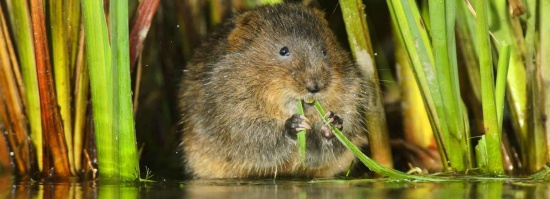
The SDNPA’s annual review for 2013-14 has just been published. The first achievement listed in the press release is the provision of 450 water voles to the River Meon. Other highlights include resurfacing just under a mile of the South Downs Way, replacing 46 signposts and repairing or replacing 24 gates. The full report is here [PDF].
Not in our front yard
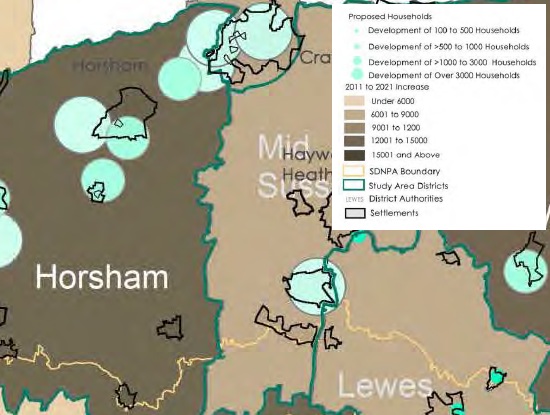
The Midhurst and Petworth Observer has an interesting report from a Chichester local plan hearing:
Ian Ellis, director of Southern Planning Practice, [said]
The [South Downs] National Park will do the least it possibly can to meet its objectively-assessed housing need, whatever that is going to turn out to be. It will expect a proportion of its objectively-assessed housing need is met by other authorities. My experience is when they go forward with the local plan, they will be .. saying ‘can you accommodate X per cent because we don’t want to accommodate it here and we don’t have to’.
In response, the SDNPA’s strategic planning lead Lucy Howard said the plan was yet to finalise its decisions: “The authority does need to consider the purpose and duty of a national park,” she said, highlighting its ‘landscape sensitiviy’ .. the SDNPA was in the ‘early stages’ of working on its strategic housing market assessment. “We do realise that if necessary we will be approaching neighbouring local planning authorities, but we’re simply not at that stage yet”.
‘Green Infrastructure’
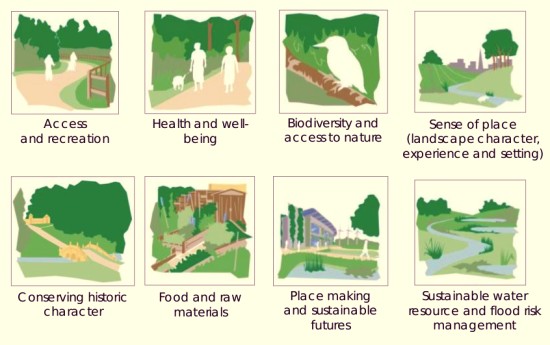
Once upon a time there were urban planners. They gave us Crawley New Town. Today, there are rural planners. They don’t call themselves that, though. Their current buzzphrase is ‘green infrastructure’. Much of their activity revolves around GIS (geographical information systems). GIS software produces attractive coloured maps that can be used for giving presentations to other rural planners. Correlations are magically transmuted into causal hypotheses. Those who live far from ‘accessible natural greenspace’ have poor health. Eureka! The SDNPA is, unsurprisingly, heavily invested in this stuff. They held a ‘Green Infrastructure Workshop’ a couple of days ago and you can find the overheads here [scroll down]. If you want to.
FPC Planning 6:30pm 1st October
FPC Planning 6:30pm 17th September
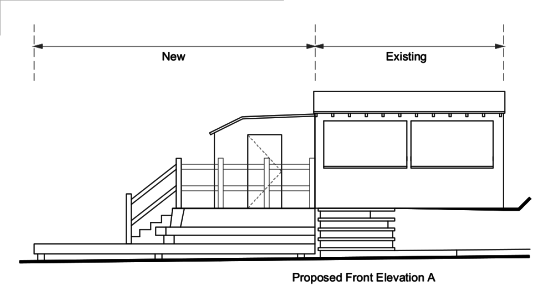
sheds to temporary (summer) bar with external decking.
Nine Acre Corpse
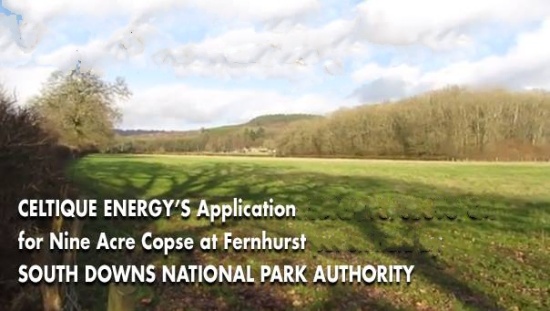
Tomorrow, the Director of Planning will recommend that the Celtique application be rejected at the SDNPA Planning Committee meeting to be held that day. Since Fulking is many miles away from any hydrocarbon deposits, this may seem of limited local interest. However, the basis of the recommendation is of general applicability. With thousands of consultees and write-in representations raising every imaginable objection from none (the Environment Agency) through to extinction and genocide, the Director of Planning largely restricts his case to just one — noise, both from vehicles and from on-site machinery. A particular concern of his is the effect of the noise on one’s ability to appreciate Fernhurst Furnace, a Scheduled Ancient Monument. Since rather little of this industrial ruin is actually visible, silence is presumably required in order to imagine what it would have looked like if the excavations had not been buried under sand over twenty years ago. More here [PDF], especially pages 36-37.

